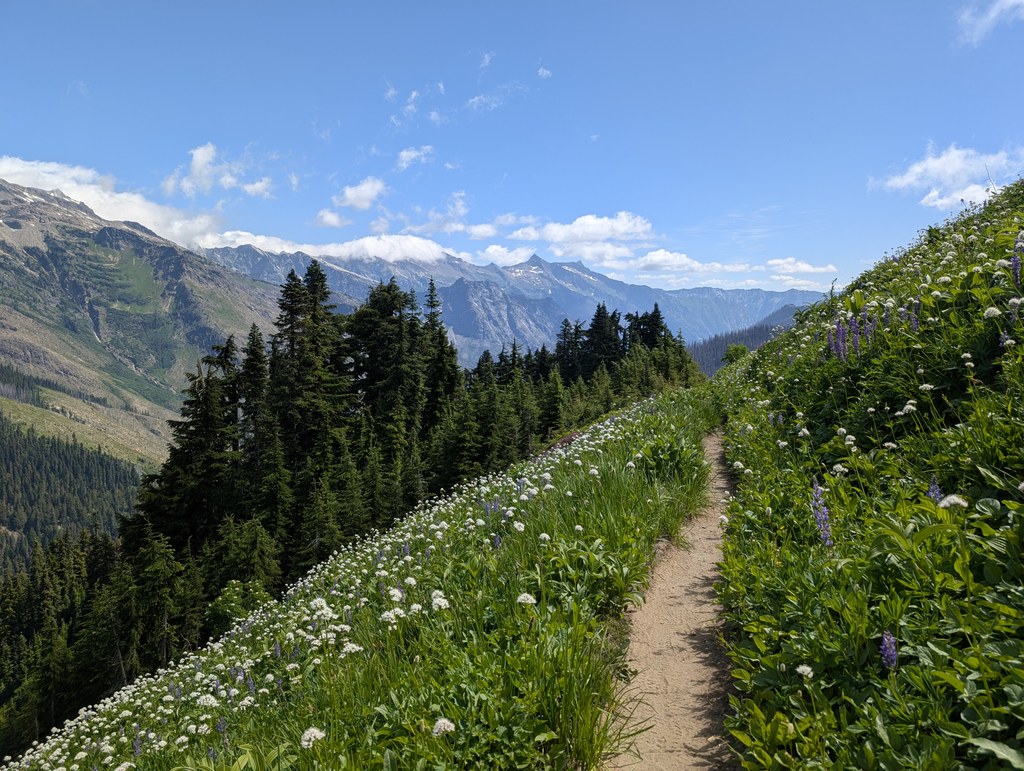There's no two ways about it: Section K is tough. In fact, only California's infamous John Muir Trail section is considered more challenging on this iconic trail. But for those with the skills and desire, the hike from Stevens Pass to Rainy Pass is also one of the PCT's most rewarding. Wild, rugged and stunning, this section passes through two wilderness areas and a national park, allowing hikers to experience the natural beauty of the Pacific Northwest untarnished by civilization.
Stevens Pass offers day-hikers and backpackers a good starting point, and thru-hikers can stop here (or head to a nearby town) for supplies. From here, you're on your own as the PCT heads deep into the North Cascades. Expect a lot a climbing, and a lot of descending: there's 26,351 feet of gain, as well as 25,552 feet of elevation loss along this section. The truly breathtaking section is where the trail winds northward up and down the mountains, valleys and canyons of the Glacier Peak Wilderness. Be sure to take plenty of breaks, both to catch your breath and to take in the glorious surroundings, which include views of dozens of peaks, glaciers, mountain lakes and alpine meadows.
Summer and early fall are the best times to hike this section, as thick snowpack, treacherous river crossings and high avalanche danger often make it impassable through mid-summer. No matter when you hike it, be sure to check current conditions before heading out so you're abreast of any bridge outings or hazardous conditions.
Be aware that old maps might show a river crossing of the Suiattle River near Miners Creek. That bridge washed out many years ago. The trail has been rerouted to cross the Suiattle River on a lovely bridge a few miles downstream.
Water is plentiful on this section, but thru-hikers and backpackers should be sure to pack everything they need for the journey, as the only available supply stop after Stevens Pass is via a shuttle in Stehekin, around the 100-mile mark. Bears are common here, so either hang your food or bring bearproof canisters for storing food overnight.







 Trailhead
Trailhead


